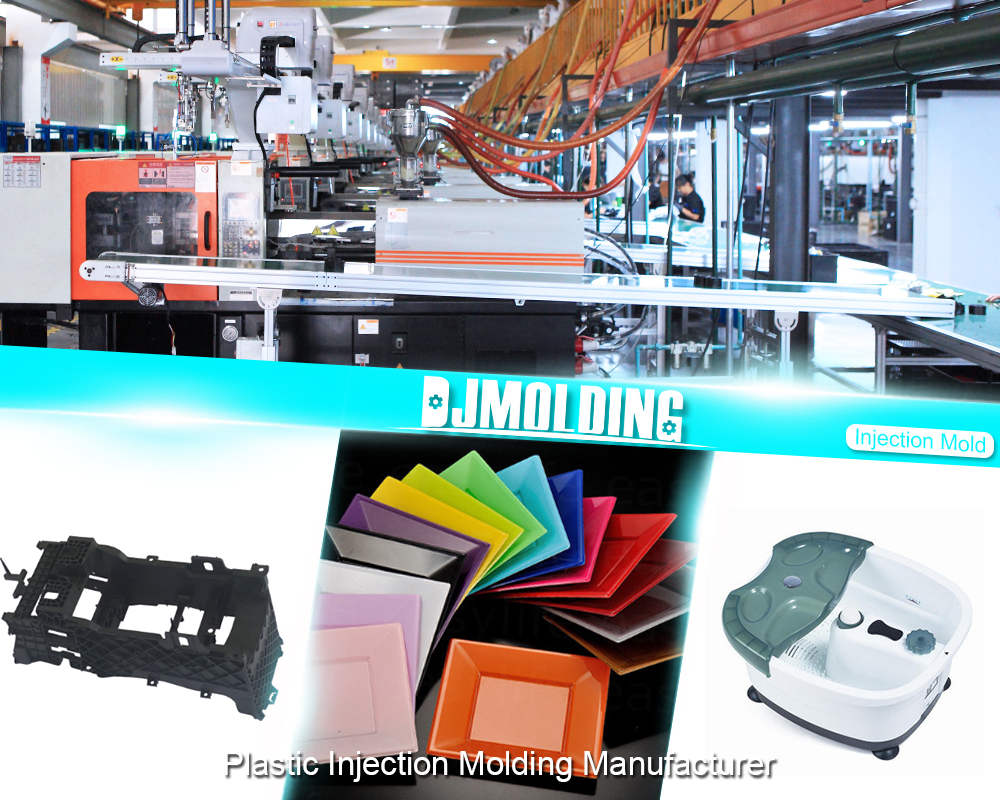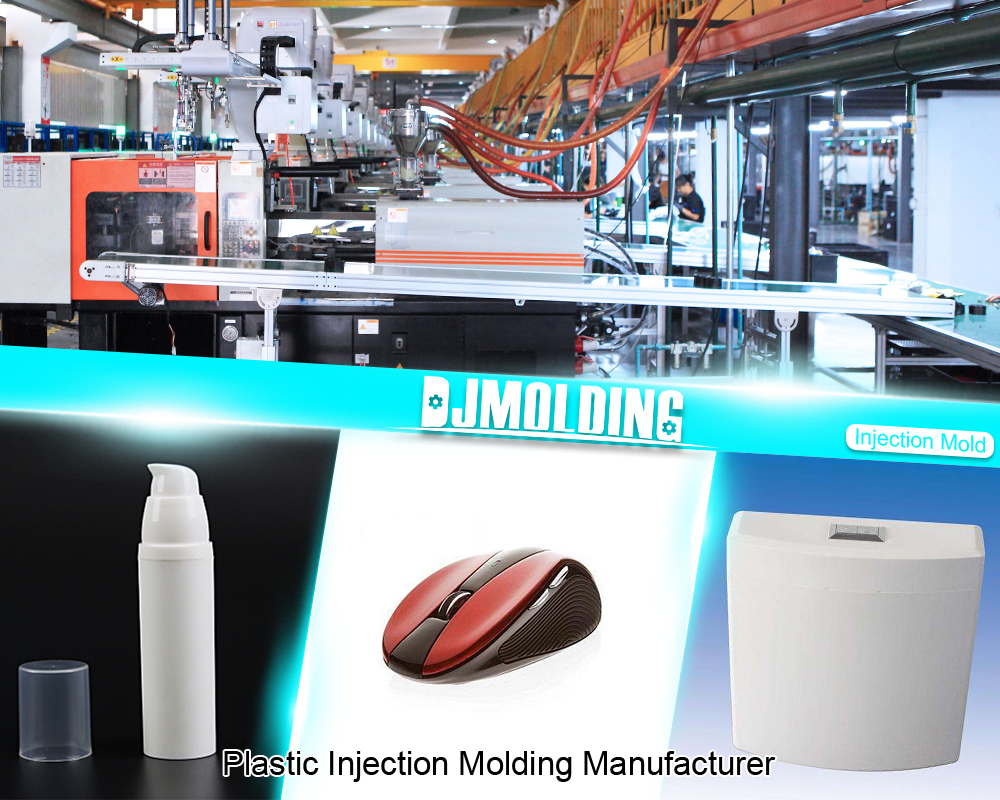What is injection molding and how does it work
Injection molding is a forming process using molds. Materials like synthetic resins (plastics) are heated and melted, and then sent to the mold, where they cool to form the designed shape. Due to the resemblance to the process of injecting fluids with a syringe, this process is called injection molding. The flow of the process is as follows: the materials are melted and poured into the mold, where they harden, and then removed and finished.
With injection molding, parts of various shapes, including those with complex shapes, can be manufactured continuously and quickly, in large volumes. Therefore, injection molding is used to manufacture raw materials and products in a wide range of industries.

Injection molding machines
Injection molding machines come in different types, such as servo motor driven motorized machines, hydraulic motor driven hydraulic machines, and hybrid machines driven by a combination of servomotor and hydraulic motor. The structure of an injection molding machine can be roughly summarized as an injection unit that sends the molten materials to the mold, and a clamping unit that operates the mold.
In recent years, the use of CNC has been increasingly adopted in injection molding machines, leading to the popularity of models that allow high-speed injection under programmed control. On the other hand, several specialized machines are also used, such as the models that make up the light guide plates for LCD monitors.
Injection molding process
Injection molding begins with the resin pellets (granules) that are poured into the hopper, the entry point for the material. The pellets are then heated and melted inside the cylinder in preparation for injection. The material is then forced through the nozzle of the injection unit, before being delivered through a channel in the mold called the sprue, and then through branched runners into the mold cavity. Once the material cools and hardens, the mold opens and the molded part is ejected from it. To finish the molded part, the sprue and runner are trimmed from the part.
It is important that the molten material is evenly distributed throughout the mold, as there are often more than one cavity within the mold, allowing the production of more than one part at a time. Therefore, the shape of the mold should be designed in a way that ensures this, for example, having runners of the same dimensions.
While injection molding is suitable for mass production, it is essential to have a good understanding of the various conditions required to produce high-precision products, including selection of resin material, precision of mold processing and fusion injection temperature and speed.
The use of these machines ends up increasing the strength of any company. The injection of plastic allows in summary the production in a simple, fast and quality way of multiple pieces, minimizing the amount of errors on a large scale. If we work with injection, the good maintenance of these machines is our priority.

For more about what is injection molding and how does it work,you can pay a visit to Djmolding at https://www.djmolding.com/best-top-10-plastic-injection-molding-manufacturers-and-companies-in-usa-for-plastic-parts-manufacturing/ for more info.
The post What is injection molding and how does it work appeared first on Plastic Injection Molding Manufacturer.